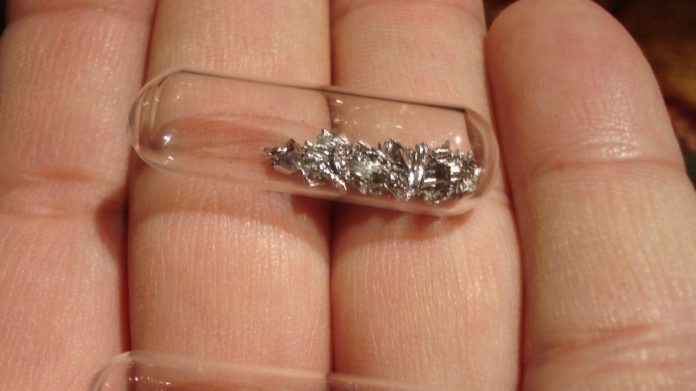
THE minor platinum group metals (PGMs) ruthenium and iridium, would be the “winners” in terms of average price performance in 2022 whilst the average prices for platinum and palladium would be tempered by new supply, according to research house, SFA Oxford.
Commenting at the Joburg Indaba PGM Industry Day, an online conference, SFA Oxford executive chairman, Stephen Forrest, said South African PGM supply would be elastic; that is, it would respond to higher average prices, especially as there was a lot of mothballed capacity that could be switched on.
“I think the average platinum price is going to be $1,200 per ounce. Sorry. That’s what I think,” he told a conference panel to stony silence from the other participants.
Economic recovery following the Covid-19 pandemic would not be linear nor immediate. “The last thing on people’s minds is buying a new car,” he said. There was an estimated one million ounce surplus in platinum, including metal held by investors which Forrest includes in his calculations as it was likely to come back into the market, over time.
Substitution of palladium with platinum would be modest at an estimated 300,000 to 400,000 ounces next year “… but it’s not a million ounces,” he said.
As people were likely to purchase electric vehicles there would be lower demand for platinum and palladium. Therefore, relative to the overall basket, the minor metals iridium and ruthenium were likely to outperform price wise.”
The iridium price recently scaled $6,000/oz, an all-time high.
NEW SUPPLY
Forrest believed that mothballed projects or those projects that had been halted mid-development, and which had organic growth potential were the capital projects most likely to provide new supply.
The current revenue from UG2 orebodies was about $141 per gram on a 4E basis against a cost of $36 per gram. “That is a really good margin. So you have to look at mothballed mines first and then the logical extensions that might come on a brownfields basis,” he said.
“We do have an awful lot of capacity that is available. Even mines that are shut could be re-opened. There’s a lot of challenges, but you’ll see elastic response from restarts,” he said. UG2 orebodies are rich in rhodium which also recently recorded all-time prices.
Forrest added that his company would have called “peak palladium” now were it not for flooding at the Polar assets of Norilsk Nickel which has consequently shut off supply for an indeterminate time.
Impala Platinum executive for corporate affairs, Emma Townshend, was less optimistic regarding supply from restarted projects, especially as such supply was slow to the market considering PGM prices had been incentivising that production “for some time”.
ESG considerations, a lack of balance sheet strength, and vulnerability of restarting projects at the top of the cost cycle might work against fresh supply, she added.
“Then, the way those assets were mothballed was by first harvesting them. So before you can go an extract from the mine you will first have to do development which will take a lot of time and it will take a lot of money.”









